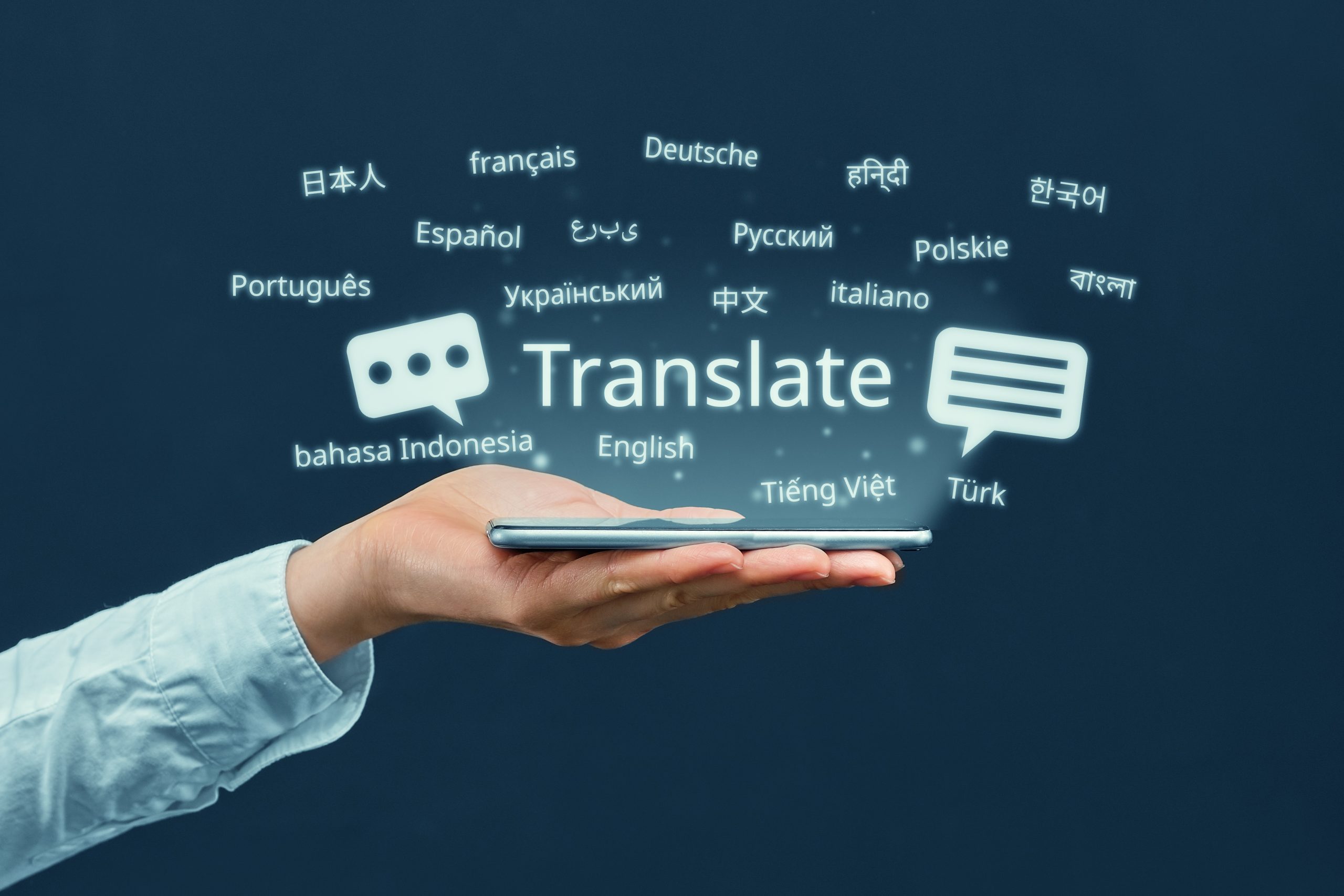Alright, let’s talk about how we’re tearing down language barriers in a world that’s more connected than ever. Imagine a small coffee shop in Peru trying to sell its beans to folks in Japan, or a student in rural India diving into a science course taught in French. Language used to be a wall, but AI translation tools are turning it into a doorway. These tools aren’t just about spitting out words—they’re changing how we work, learn, and share stories across the globe. In this blog, we’ll unpack how AI is making this happen, what it’s capable of right now, where it’s tripping up, and what’s coming down the road.
Related: Choosing the Best Transcription AI: AssemblyAI or Deepgram?
How AI Translation Got Its Groove
Translation used to be a slow, meticulous job. Human translators—bless their hearts—had to wrestle with slang, cultural quirks, and those phrases that just don’t translate neatly. They’re still the gold standard for capturing the soul of a language, but let’s be real: it takes time and can cost a pretty penny. Then came AI translation tools, powered by fancy tech like natural language processing (NLP) and machine learning. These bad boys can zip through mountains of text in seconds, translating into dozens, sometimes hundreds, of languages.
Remember the early days of Google Translate? It was like playing a game of telephone—half the time, the output was a garbled mess. But things have leveled up big time. Neural machine translation (NMT) is the secret sauce, letting tools like Google Translate, DeepL, and Microsoft Translator “read” whole sentences to get the context right. The result? Translations that actually sound like something a human might say. DeepL, for example, has folks raving about how natural its translations feel, sometimes even outshining human work.
.png)
What AI Translation Can Pull Off Today
These tools aren’t just swapping words anymore—they’re packed with tricks that make life easier for all sorts of people:
-
So Many Languages: Whether it’s Spanish, Mandarin, or something less common like Swahili or Quechua, AI tools can handle over 100 languages. That’s a game-changer for businesses or charities working in far-flung places.
-
Context Is King: Old-school systems used to choke on tricky phrases, but NMT gets the bigger picture by looking at entire sentences or paragraphs. It’s way less likely to botch the meaning.
-
Real-Time Wizardry: Ever pointed your phone at a foreign menu and had Google Translate decode it instantly? Or used Skype to chat with someone in another language live? Real-time translation of text, speech, or even full-on conversations is here, and it’s a lifesaver for travelers or global Zoom calls.
-
Niche Know-How: Some tools let you fine-tune them for specific fields like law, medicine, or tech. That means spot-on translations when you’re dealing with jargon or need precision.
-
It’s Everywhere: AI translation is baked into the stuff we use daily—browsers, chat apps, online stores. Amazon and eBay use it to translate product listings, so a small seller can reach customers halfway across the world without breaking a sweat.
This tech has made translation accessible to the little guy. A freelancer in Brazil can pitch to clients in Tokyo, or a tiny shop in India can sell to folks in Paris, all because AI’s made it quick and cheap.
 (6).png)
Bringing People Closer, Not Just Words
AI translation isn’t just about words—it’s about connecting hearts and minds. YouTubers and Netflix creators use it to slap subtitles or dub audio on their content, sharing stories with people who’d never otherwise see it. That’s not just good for business; it’s a way to share cultures and spark understanding.
As a result, AI applications are making learning more accessible in classrooms too. Applications like Duolingo or AI-powered tutors translate lessons so children can learn in their native tongue, wherever they may be. And in times of disaster, humanitarian agencies use AI to communicate with refugees or affected communities, getting help to those who need it, fast.
Where AI Translation Trips Up
It’s not all smooth sailing. Even with all the progress, AI translation has some growing pains:
-
Cultural Fumbles: AI can miss the mark on idioms or cultural references. A Chinese saying might come out as nonsense in English if the vibe doesn’t carry over.
-
Bias Sneaks In: These tools learn from massive datasets, and those can have biases baked in. For example, a gender-neutral word in one language might get a gendered twist in another, causing mix-ups.
-
Rare Languages Lag: AI’s great with big-name languages but struggles with less common ones, like some African or indigenous dialects, because there’s not enough data to work with. That leaves some folks on the sidelines.
-
Blind Trust Issues: It’s easy to lean too hard on AI without double-checking. That’s risky for stuff like legal papers or medical advice, where a slip-up can cause big problems.
Fixing these hiccups means more research, better data, and teaming up with linguists. Having humans check AI’s work is a great way to keep things fast but accurate.
 (5).png)
What’s Around the Corner
The future of AI translation is looking pretty exciting. Here’s what’s on the horizon:
-
All-in-One Power: Picture a device that works on text, speech, and video simultaneously—translating an overseas film with subtitles, dubbed sound, and cultural nuance notes in real-time.
-
Made for You: AI might tailor translations to your taste, such as Mexican Spanish for a person in Mexico City or Castilian Spanish for a person in Madrid.
-
Lifting Up Rare Languages: Initiatives to collect data for less common languages, by crowdsourcing or local collaborations, will translate in a more inclusive way.
-
Feeling the Vibe: With better sentiment analysis, AI may be able to sense the tone or feeling of a piece of text, and make translations come alive.
-
Augmented Reality (AR): Picture AR glasses that flash translations onto street signs or menus, making travel or cross-cultural moments a breeze.
-
Doing It Right: As worries about bias and privacy grow, developers are doubling down on ethical AI, aiming for translations that are fair and respectful.
The Bottom Line
AI translation tools are doing way more than just cracking language barriers—they’re building connections between people, ideas, and dreams. From helping small businesses go global to letting kids learn in their own language, these tools are making the world feel smaller and way more connected. Sure, there are bumps, like getting cultural nuances right or supporting rare languages, but the future’s bright. As AI keeps getting smarter, it won’t push human translators out but will team up with them, blending tech and human magic to make language a bridge, not a wall.
Related: 8 Awesome AI Tools to Level Up Your Writing and Research







.jpg)






